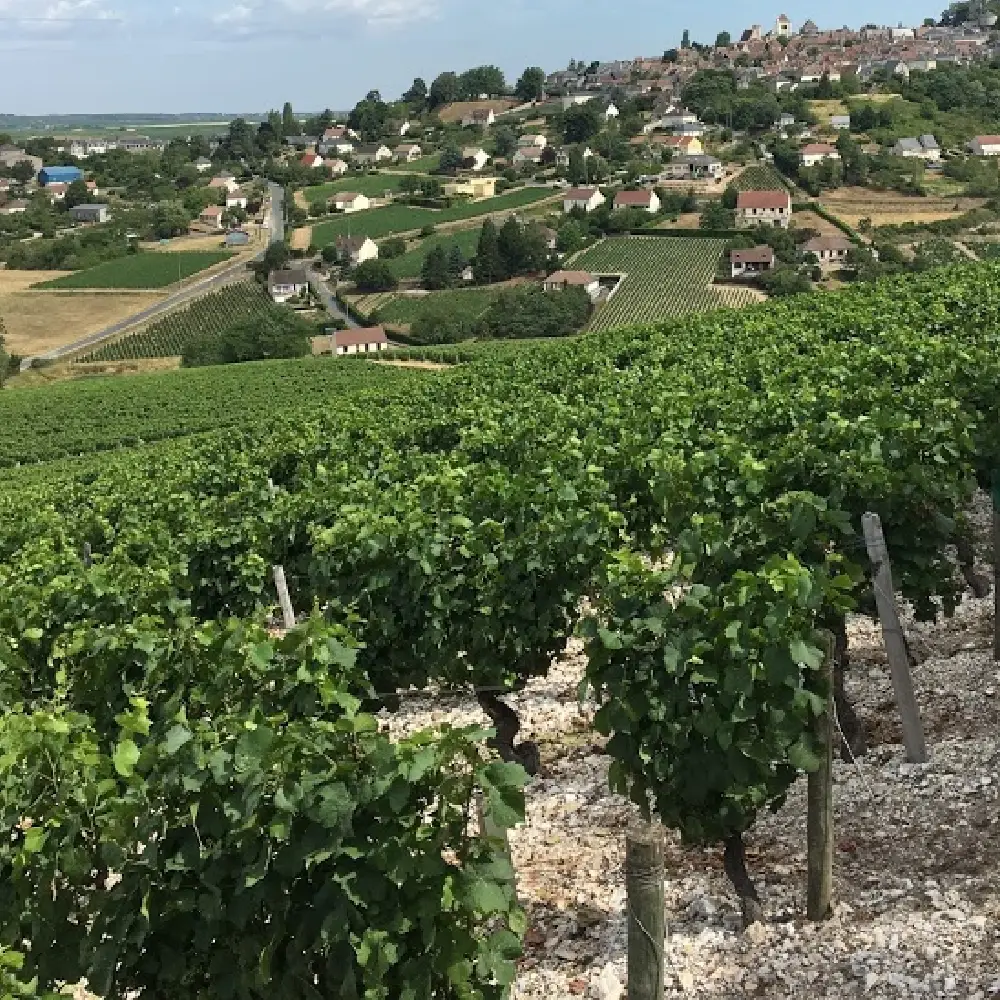Unveiling the Essence of Chablis: A Journey from Grape to Glass
Chablis, a name synonymous with crisp minerality and refreshing acidity, holds a special place in the world of white wines. Unlike its Chardonnay cousins, Chablis boasts a distinct character, a testament to the meticulous winemaking practices employed in its creation. But what exactly transforms these humble Chardonnay grapes into such a captivating beverage? Let’s embark on a fascinating journey, delving into the secrets behind Chablis production.

A Storied Beginning:
The story of Chablis begins not with the winemaking process itself, but with its unique birthplace. Nestled within the Burgundy region of France, meaning the grapes used to create this wine must hail exclusively from this designated area. This cool climate plays a crucial role in shaping the final product. Unlike warmer regions where Chardonnay grapes bask under the sun,leading to wines with higher acidity and a lighter body.
The very soil itself contributes significantly to the wine’s character.this drink vineyards are blessed with a unique geological makeup – Kimmeridgian limestone. This ancient seabed, rich in fossilized marine life, imparts a distinct minerality to the grapes, a characteristic that becomes a hallmark of Chablis wines.
Unveiling the Craft: The Chablis Winemaking Process
Now, we can finally delve into the heart of the matter: How is Chablis Made? The process prioritizes preserving the natural characteristics of the Chardonnay grapes and the influence of the terroir. Here’s a closer look at the key steps:
Hand-Harvested Perfection: Grapes are typically hand-harvested, ensuring only the ripest and most flawless fruit makes it into the final blend. This meticulous approach minimizes damage and helps maintain the integrity of the grapes.
Gentle Extraction: Once harvested, the grapes undergo a gentle pressing. This process aims to extract the juice without introducing harsh tannins, which can contribute to bitterness in the final wine.
Cool Fermentation Magic: The extracted grape juice then embarks on a temperature-controlled journey. Fermentation takes place in stainless steel tanks at cool temperatures. This helps retain the vibrant acidity and freshness that defines Chablis, preserving the delicate character of the grapes.
Minimal Intervention: Unlike many Chardonnays that see extended aging in oak barrels, This allows the inherent flavors and minerality of the grapes and terroir to truly shine through, resulting in a wine that is a pure expression of its origin.
A Hierarchy of Excellence: The Classifications of Chablis
The meticulous winemaking process doesn’t end there. Chablis is classified into four levels within the appellation, each with its own distinct characteristics:
Petit Chablis: offering a lighter and more approachable style.
Chablis: this level showcases the classic characteristics of the region, with its refreshing acidity and signature minerality.
Chablis Premier Cru: Grapes for these wines come from specific vineyard sites known for their superior quality. This translates to wines with greater complexity and intensity, offering a more nuanced experience.
Chablis Grand Cru: these wines hail from the most prestigious vineyards and exhibit the highest level of elegance and aging potential. They are prized for their depth, complexity, and ability to evolve over time.
From the meticulous selection of grapes to the cool fermentation and minimal oak intervention, the entire Chablis production process reflects a deep commitment to quality. This dedication results in a wine that is a true expression of its unique terroir. So, appreciate not just the refreshing taste, but the fascinating journey that brought this captivating beverage to your table.

Saghi Hot Products
- £85.99
- £17.99





















